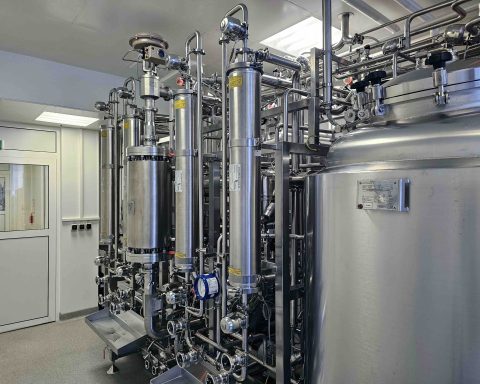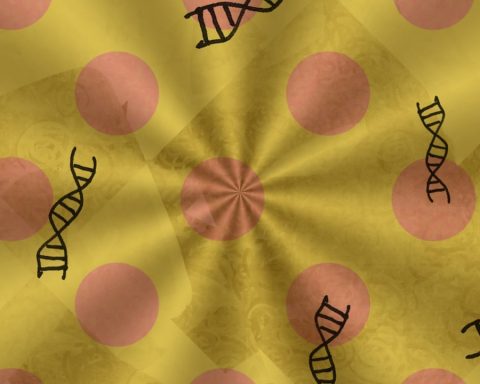An extension of the concept of relative bioavailability, which essentially involves comparing the total amounts of a particular drug that are absorbed intact into the systemic circulation from a test and a recognized standard dosage form, is that of determining whether test and standard dosage forms containing equal doses of the same drug are equivalent or not in terms of their rates and extents of absorption (i.e. systemic availabilities). This is called bioequivalence.
How are two chemically equivalent drug products called bioequivalent?
Two or more chemically equivalent products (i.e. products containing equal doses of the same therapeutically active ingredient (s) in identical types of dosage form which meet all the existing physicochemical standards in official compendia) are said to be bioequivalent if they do not differ significantly in their bioavailability characteristics when administered in the same dose under similar experimental conditions.
Hence in those cases where bioavailability is assessed in terms of plasma concentration-time curves, two or more chemically equivalent drug products may be considered bioequivalent if there is no significant difference between any of the following parameters: maximum plasma concentrations (Cmax), time to peak height concentration (Tmax) and areas under the plasma concentration-time curves (AUC).
In conducting a bioequivalence study it is usual for one of the chemically equivalent drug products under test to be a clinically proven, therapeutically effective product which serves as a standard against which the other ‘test’ products may be compared. If a test product and this standard product are found to be bioequivalent then it is reasonable to expect that the test product will also be therapeutically effective, i.e. the test and the reference products are therapeutically equivalent.
Bioequivalence studies are therefore important in determining whether chemically equivalent drug products manufactured by different companies are therapeutically equivalent, i.e. produce identical therapeutic responses in patients. If two chemically equivalent drug products are absolutely bioequivalent, their plasma concentration time and/or cumulative urinary excretion curves would be superimposable. In such a case there would be no problem in concluding that these products were bioequivalent.
Nor would there be a problem in concluding bioinequivalence if the parameters associated with the plasma concentrationtime and/or cumulative urinary excretion profiles for the test differed from the standard product by, for instance, 50%. However, a problem arises in deciding whether the test and standard drug products are bioequivalent when such products show relatively small differences in their plasma concentration-time curves and/or cumulative urinary excretion curves.
The problem is how much of a difference can be allowed between two chemically equivalent drug products and still permit them to be considered bioequivalent. Should this be 10%, 20%, 30% or more? The magnitude of the difference that could be permitted will depend on the significance of such a difference on the safety and therapeutic efficacy of the particular drug. This will depend on such factors as the toxicity, the therapeutic range and the therapeutic use of the drug.
In the case of a drug with a wide therapeutic range, the toxic effects of which occur only at relatively high plasma concentrations, chemically equivalent products giving quite different plasma concentration-time curves may still be considered satisfactory from a therapeutic point of view, although they are not strictly bioequivalent.
Despite the problems of putting a value on the magnitude of the difference that can be tolerated before two chemically equivalent drug products are deemed to be bioinequivalent, a value of 20% for the tolerated difference used to be regarded as suitable as a general criterion for determining bioequivalence.
Thus if all the major parameters in either the plasma concentration—time or cumulative urinary excretion curves for two or more chemically equivalent drug products differed from each other by less than 20%, these products would have been judged to be bioequivalent. However, if any one or more of these parameters differed by more than 20% then there might have been a problem with the bioequivalence of the test product (s) with respect to the standard product.
However, recently some regulatory authorities have been adopting more stringent requirements for bioequivalence, involving statistical models and considerations of average, population and individual pharmacokinetics.
A further crucial factor in establishing bioequivalence, or in determining the influence of the type of dosage form, the route of administration etc., have on the bioavailability of a given drug, is the proper design, control and interpretation of such experimental studies.







